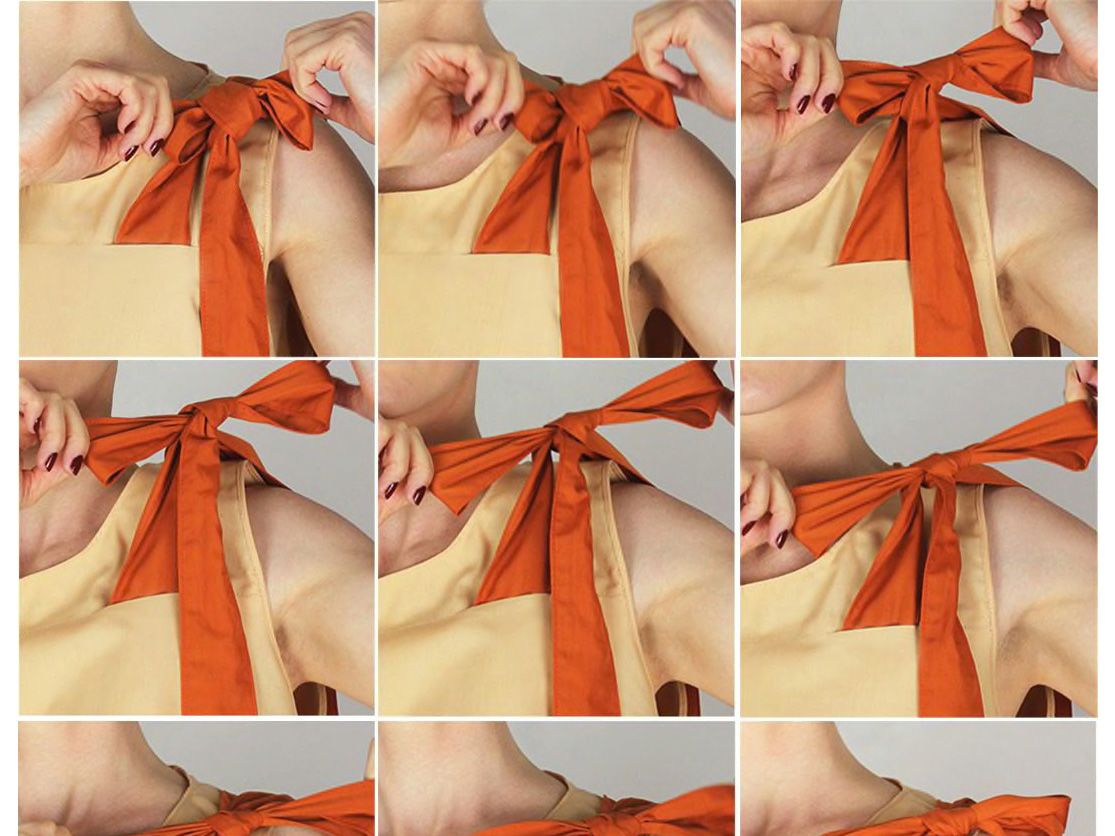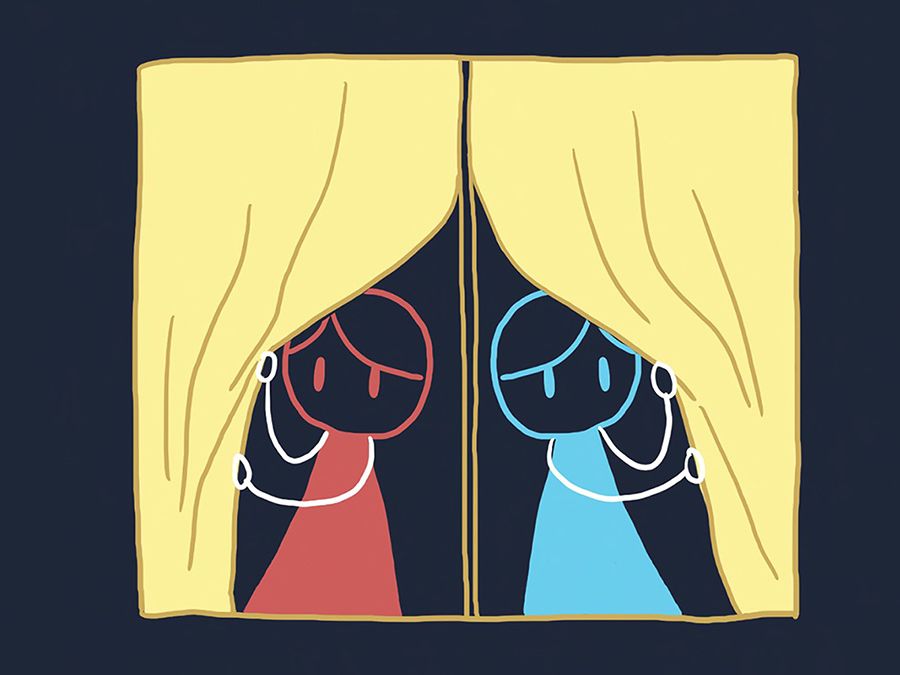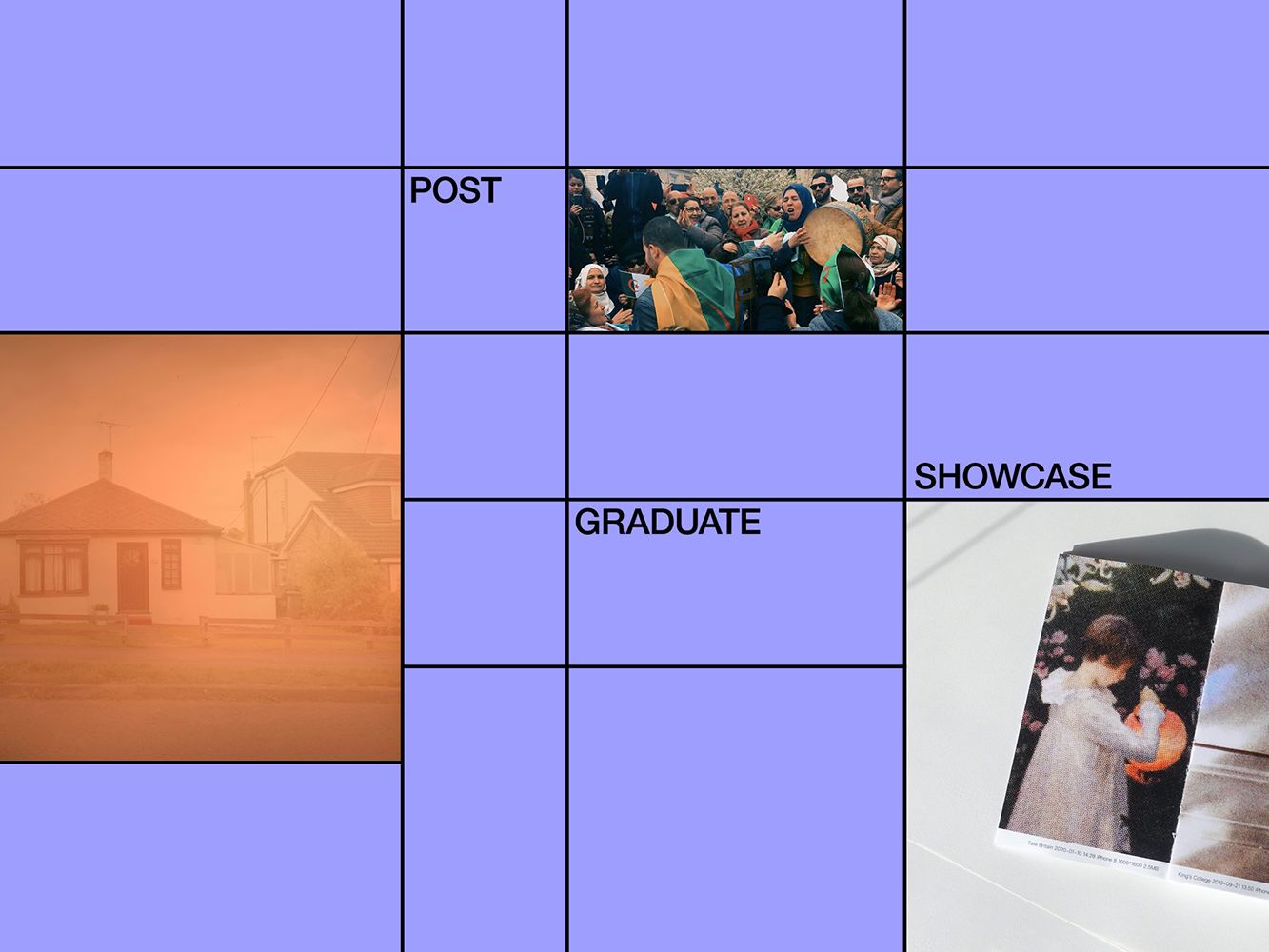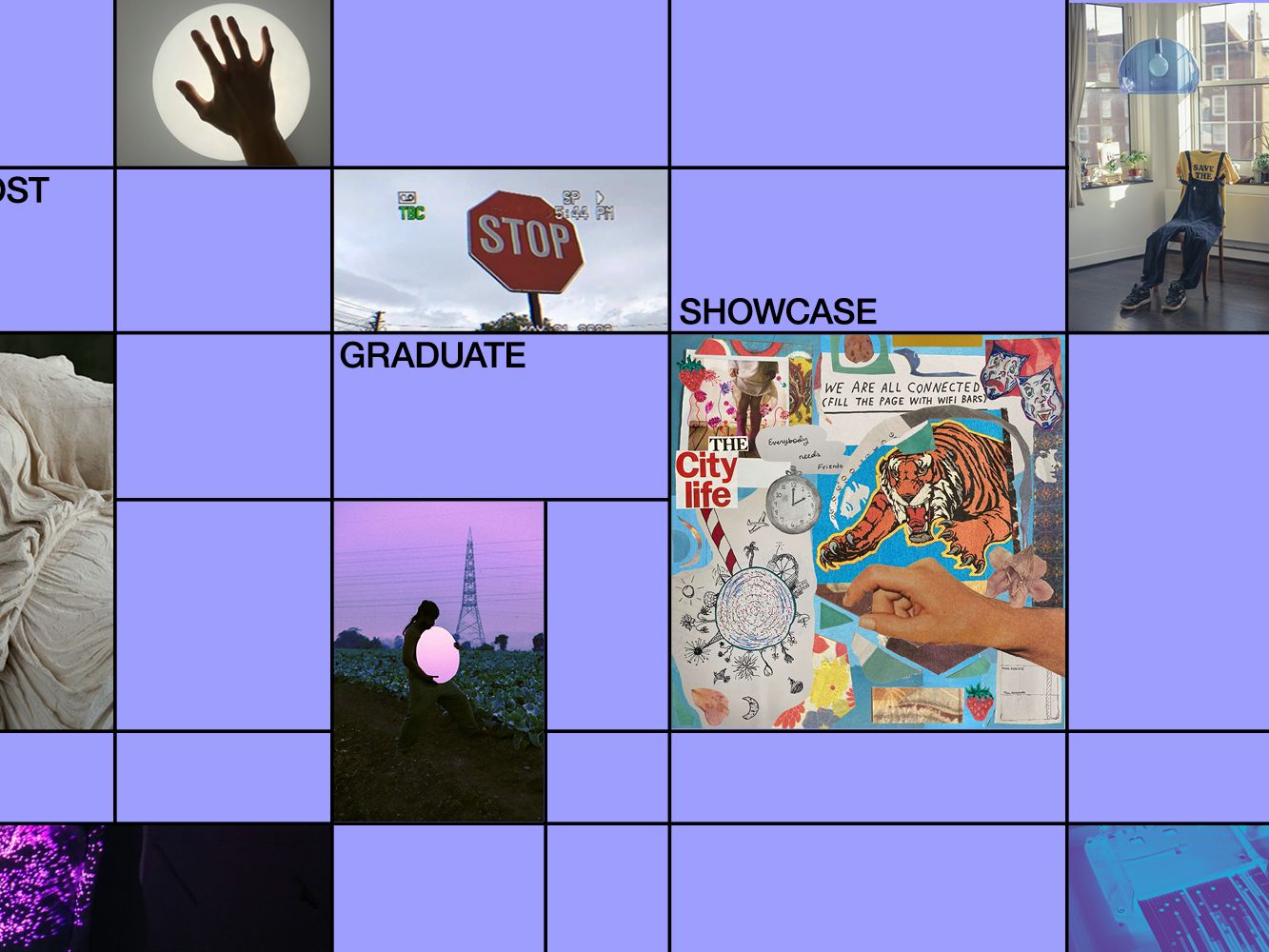Faced with uncertain times, our MA students have continued to adapt and innovate with true creativity.
In celebration of our Postgraduate Showcase, we’ll be sharing work from a range of graduating designers, thinkers and makers as they explore new, thoughtful and experimental approaches to creative communications.
MA Graphic Media Design
MA Graphic Media Design explores the use of graphic design as a critical tool to investigate the complexities of contemporary society.
Through intensive, practice-led research, students are supported to develop a progressive and critical practice, with a view to producing relevant and unexpected perspectives on and for the world.
This year's graduates have conducted their research during a period of remarkable global change, when established understandings of time and place have been ruptured and re-scripted. Throughout, they've asked: what does it mean to conduct research concerned with critical practices of graphic design at this time, at distance, through alternative platforms and revised frameworks? Essentially, they've wondered: where are we situated, and where are we going?
towards FUTURES
within URBAN SPACES
beyond MATERIAL MATTERS
approaching DIGITAL CONSTRUCTS
around GENDERS
overlooking CONSUMER CULTURES
via SUBCULTURES
encountering MINDSETS
behind FEMINISMS
upon IDENTITIES
from HERE
to WHERE.
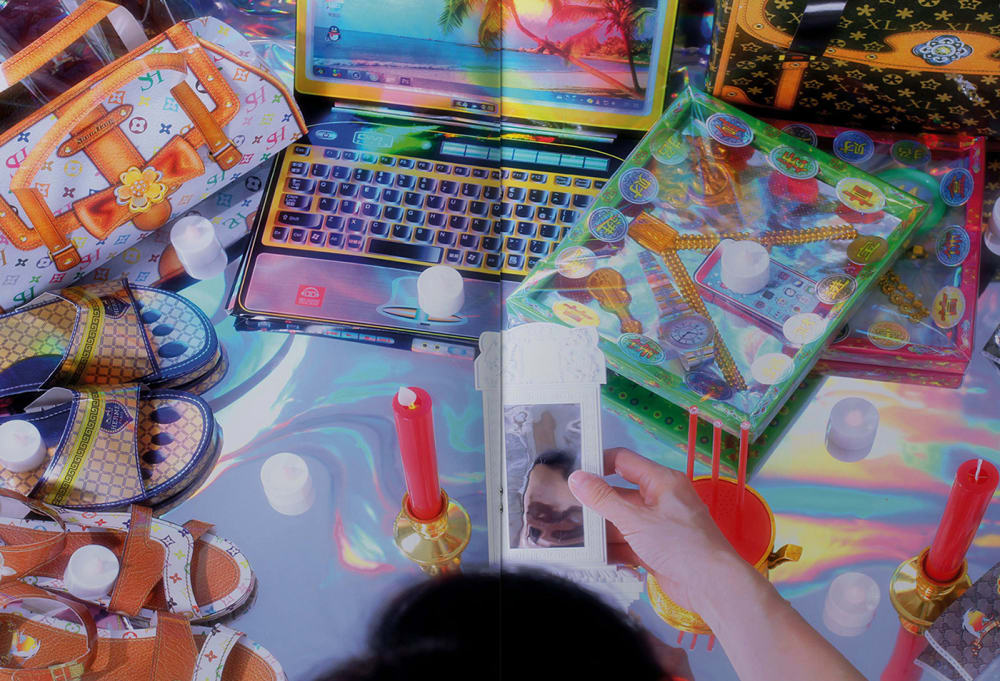
Commodity Offerings - Si Jiang
Si Jiang's work stems from social observations, and often explores broader socio-cultural issues.
Commodity Offerings draws on ancient Chinese paper offerings originally associated with folk funeral and ritual activities, where objects are burned to invoke blessings and convey condolences. Over the past decade, the usual approach of burning hand-made paper replicas of money and traditional objects has been transformed into burning printed replicas of consumer goods and global labels such as Gucci bags, Prada shoes and Apple devices.
By re-examining changes in the form and purpose of the paper offering culture, Si's work explores the consumption of spiritual symbols and cultural intrusion, and encourages audiences to question the homogenous material values affecting our social systems and identities.
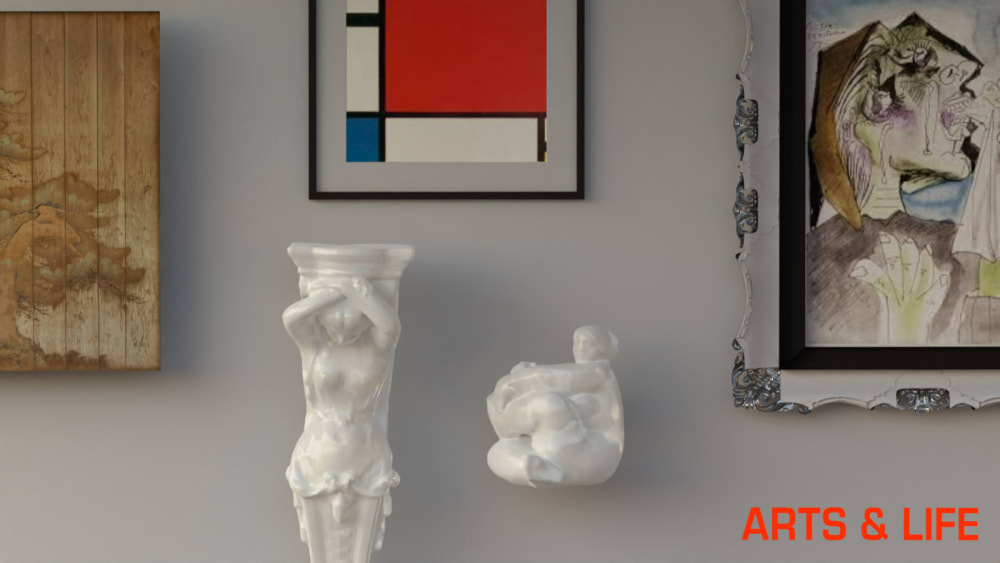
Arts and Life - Siyu Gong
Siyu Gong is a graphic designer based in Shanghai.
As technology develops and digital networks grow, audience behaviours have changed significantly, with information expected in higher volumes at near-instantaneous speeds while content is shared for peer approval across social media. Arts and Life considers these behavioural shifts in the context of art galleries, rethinking the condition and relation between art consumers, art spaces and the arts sector more broadly.
Siyu's final project presents an imagined virtual company that uses different price points to present artwork in a range of resolutions and quantities through high-tech glasses. This work demonstrates the interaction between the role of 'art' and 'art as a service', exploring the need for audiences to reflect on how their choices are swayed in digital environments through constant exposure to masses of information along with the judgements of others.
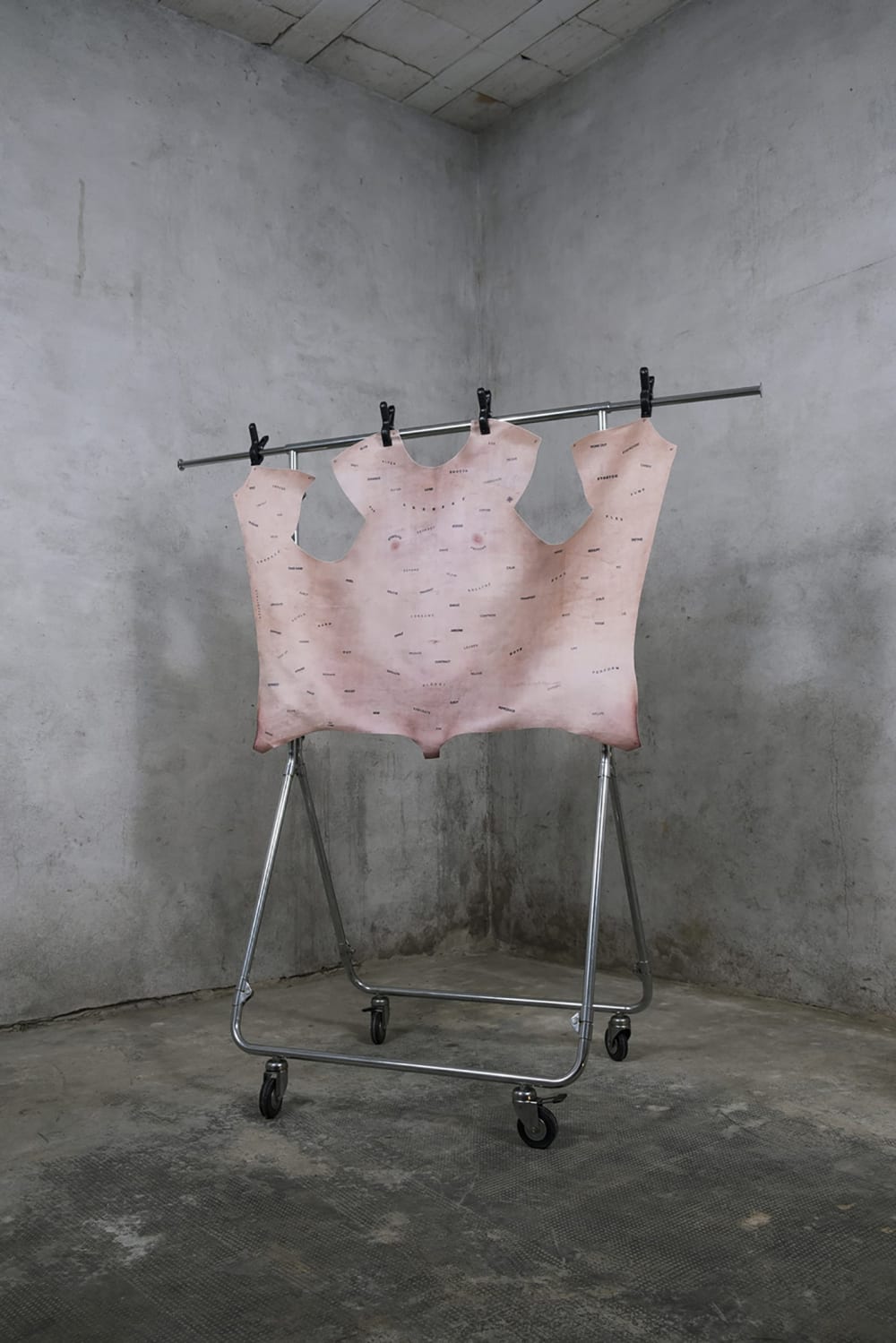
Unstable Complexions - Riccardo Righi
Riccardo Righi focuses on matters of personal identity through representation and technology. His practice considers graphic design as a tool for deconstructing the complex subjects involved in the construction of the self, as well as inquiring into power structures which aim to colonise the body.
Unstable Complexions investigates the surface of the human body as a site for transactions of power that influence the development of identity. By designing bodies with the CGI technique of 'skinning', Riccardo's work address how this influences our perception of bodies in real life, and how similar actions are embedded in wider cultural systems. The body becomes a readable surface, with the skin a site for 'cartographic prophecies and violent inscriptions' which attempt to make objective sense of the human form.
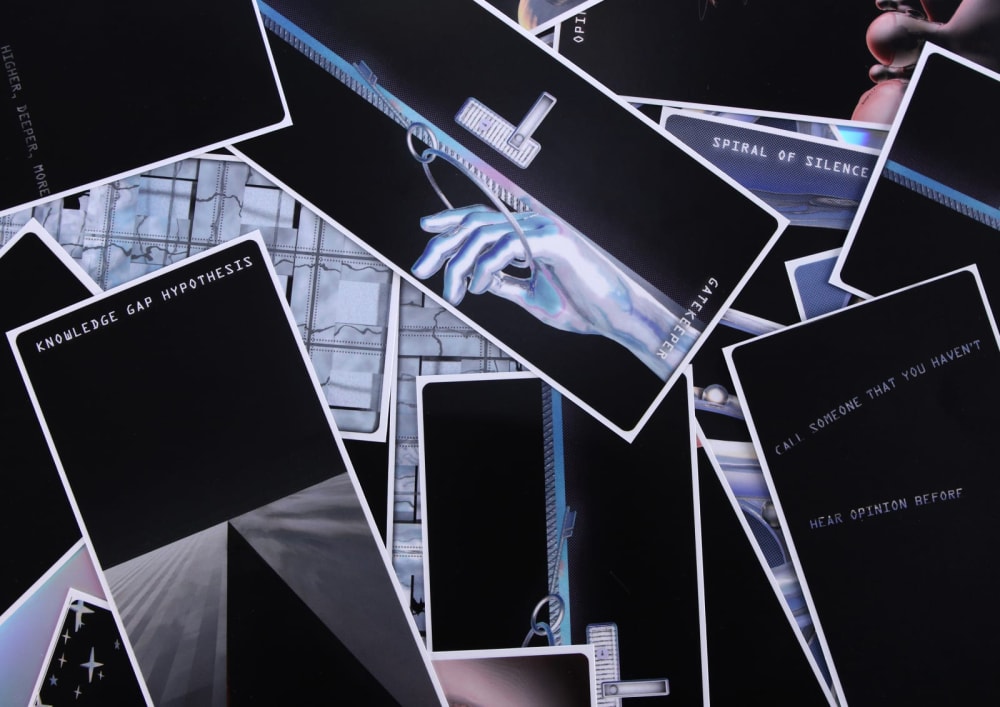
Lens of Truth - Yuyao Gong
Yuyao Gong is particularly interested in the ways technological advances have made people increasingly dependent on digital devices, and asks whether people have developed a concept of 'digital spirituality' from their phones.
Yuyao's project, Lens of Truth, aims to encourage audiences to think more critically to information they receive by generating new thinking through their interactions with a suite of cards, which feature theories from the field of communication studies Providing interesting interaction and inspiration, this work has been designed to support people to consider information in more objective and rational ways.
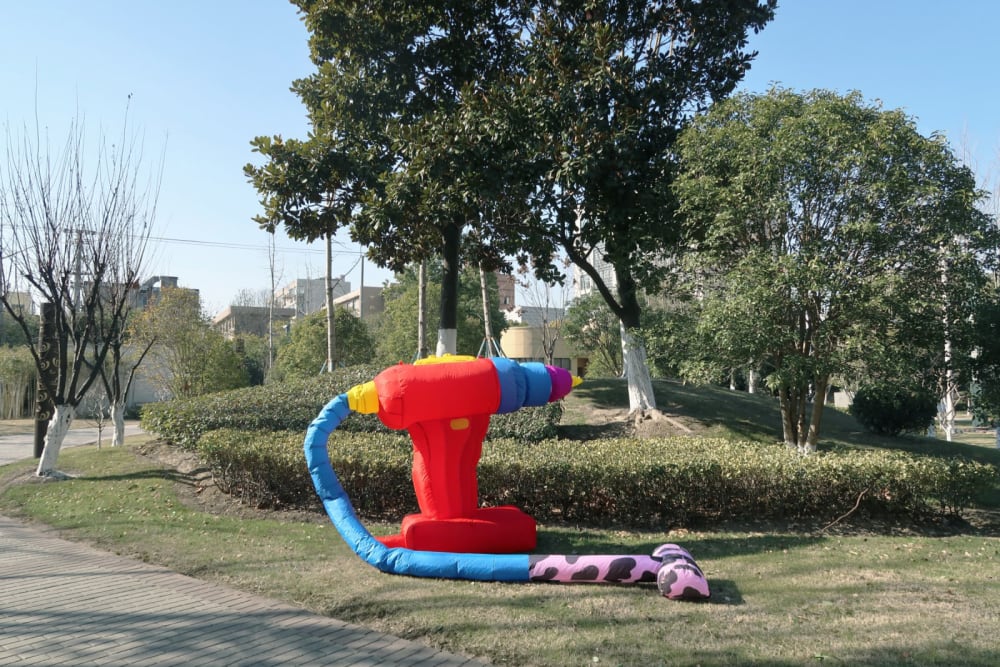
Not Just a Toy - Yufan Liang
Based in Shanghai, Yufan Liang is particularly interested in social phenomena. With a focus on feminism, gender and cultural studies, she mainly works on publication design, and is currently expanding her research into digital learning.
Not Just a Toy explores the gender stereotypes of scientific professions found in children's toys. The project asks why science serves as an emblem for masculinity, and draws potential connections between childhood experiences and a lack of women entering the fields of science, technology and engineering. By challenging existing ideologies, it aims to explore the methodology of non-gendered design, generating concepts that give children space to expand their own values and interests rather than narrowing their choices.
Related links:
- Explore more work from MA Graphic Media Design on our Postgraduate Showcase.
- Learn more about studying MA Graphic Media Design at LCC.
- Find out more about our Design School.


